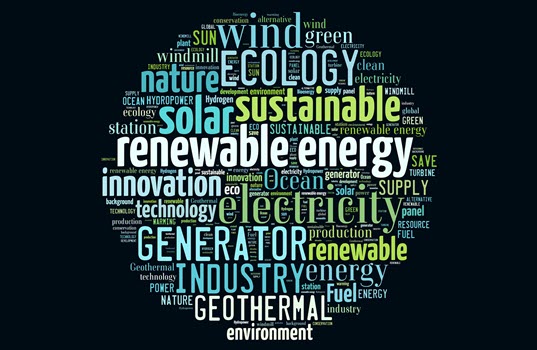Principal contributor: Michelle Bowman
Note: Petroleum and other liquids includes biofuels.
Today we released our International Energy Outlook 2021 (IEO2021). In the IEO2021 Reference case, which assumes current laws and regulations, we project that strong economic growth and growing populations will drive increases in global energy-related carbon dioxide emissions and energy consumption through 2050. Much of the increase in energy consumption will be met with liquid fuels and renewable energy sources. Natural gas- and coal-fired generation technologies as well as the emerging use of batteries will also prompt increased consumption.
Some key findings of IEO2021 include:
- If current policy and technology trends continue, global energy consumption and energy-related carbon dioxide emissions will increase through 2050 as a result of population and economic growth.
The industrial and transportation sectors will largely drive the increase in energy consumption. Electric vehicle sales will grow through 2050, causing the internal combustion engine fleet to peak in 2023 for countries that are members of the Organization for Economic Cooperation and Development (OECD) and in 2038 globally. Despite this projected growth in electric vehicle sales, the continued growth in energy consumption will cause global energy-related carbon dioxide emissions to rise through 2050 according to our IEO2021 Reference case. - Renewables will be the primary source for new electricity generation, but natural gas, coal, and increasingly batteries will be used to help meet load and support grid reliability.
Electricity generation will almost double in the developing non-OECD countries between 2020 and 2050. This generation will come largely from renewable resources, which are adopted because of falling technology costs and favorable laws and regulations.
Although new generation will largely be powered by renewables, dispatchable generation sources—such as natural gas- and coal-fired generating technologies as well as batteries—will remain important, especially for grid reliability. - Oil and natural gas production will continue to grow, mainly to support increasing energy consumption in developing Asian economies.
Driven by increasing populations and fast-growing economies, consumption of liquid fuels will grow the most in non-OECD Asia, where total consumption nearly doubles by 2050 from 2020 levels in the Reference case. Because these countries will consume more liquid fuels than they produce in the Reference case, we project that non-OECD Asia will supplement local production with increased imports of crude oil and finished petroleum products. The increased imports will primarily be supported by increased production in the Middle East. In the Reference case, by 2050, non-OECD Asia will become the largest importer of natural gas, and Russia will become the largest net exporter of natural gas.
IEO2021 analyzes long-term world energy markets in 16 regions through 2050. It also includes side cases that explore differing assumptions of economic growth and crude oil prices.
We will publish additional analysis from the IEO2021 in upcoming months that explore other global energy-related scenarios:
- Energy implications of potential iron- and steel-sector decarbonization pathways
- Effects of changes in coal supply and demand on international trade and in electricity generation in India and Other non-OECD Asia
- Changes in composition of economic growth in China










